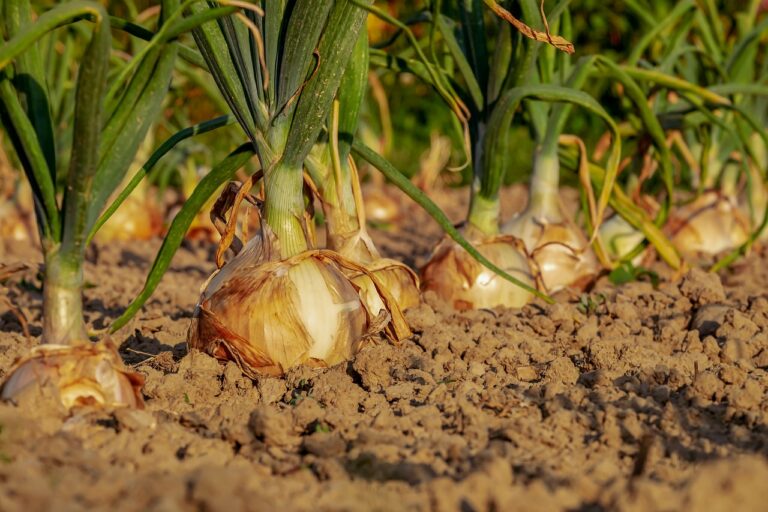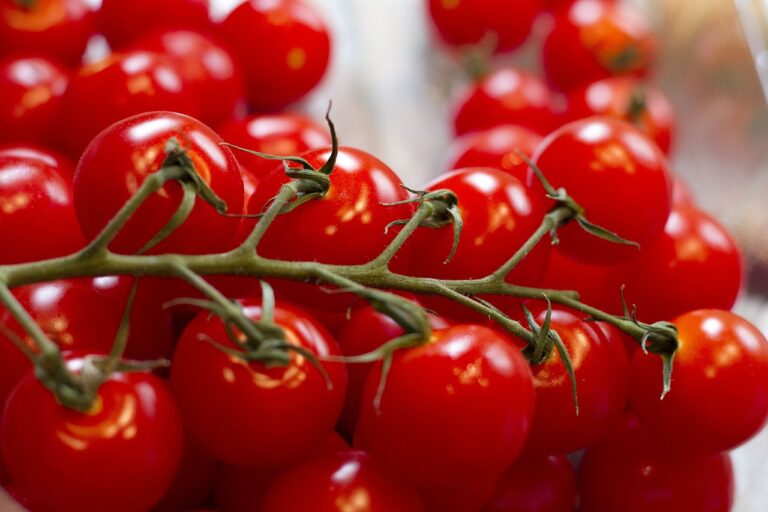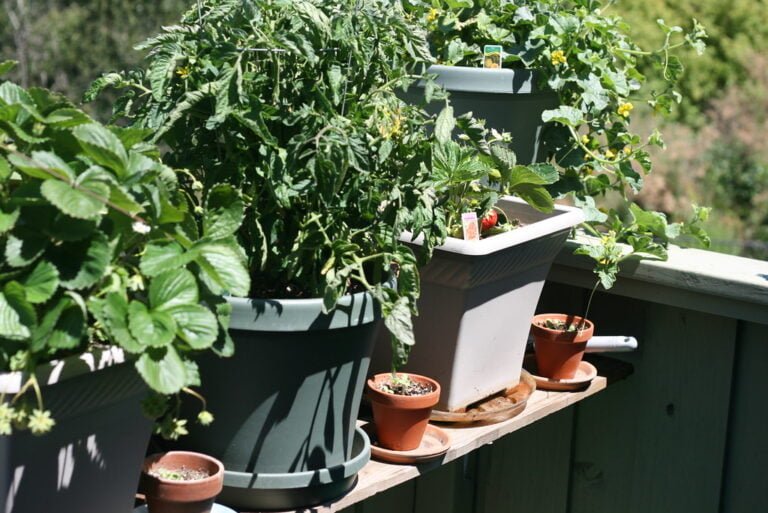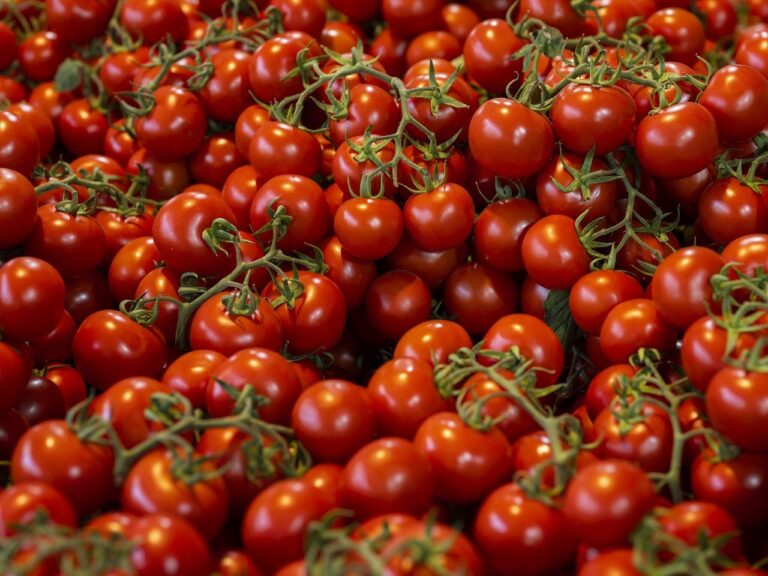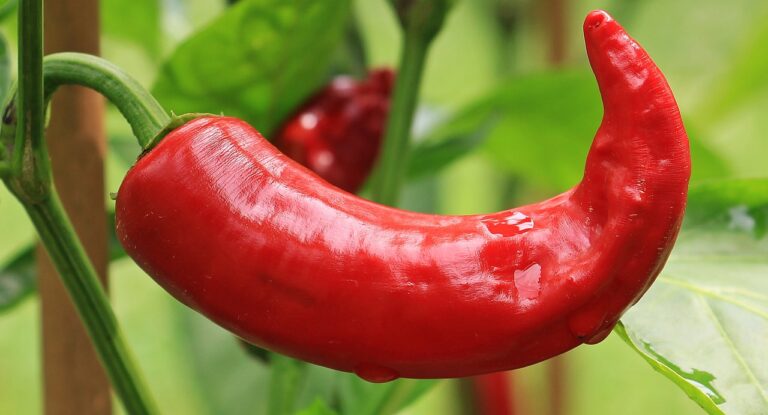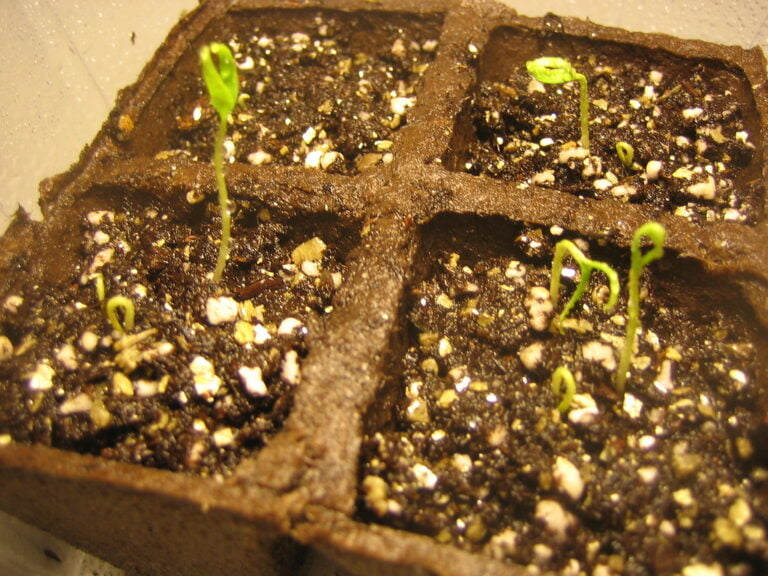The Comprehensive Guide to Growing Ghost Peppers at Home
Are you ready to spice up your garden and your meals? Look no further than "The Comprehensive Guide to Growing Ghost Peppers at Home." In this informative guide, we'll show you everything you need to know to successfully cultivate these fiery peppers in your own backyard. From choosing the right variety to harvesting and preserving your peppers, we've got you covered. Get ready to impress your friends and family with delicious ghost pepper recipes that will leave them begging for more. Let's get started!
Choosing the Right Ghost Pepper Variety
To choose the right ghost pepper variety for your home garden, consider factors such as heat level, flavor profile, and growth habits. With so many options available, it's important to select a variety that meets your specific needs. The heat level of ghost peppers can vary significantly, ranging from mild to extremely hot. If you prefer a milder taste, opt for varieties like the Chocolate Bhutlah or the Peach Ghost Scorpion. For those seeking an intense heat experience, the Carolina Reaper or the Trinidad Moruga Scorpion are excellent choices. Additionally, consider the flavor profile of each variety. Some ghost peppers have fruity or smoky undertones, while others have a more earthy taste. Finally, take into account the growth habits of the plants. Determine whether you have enough space for a sprawling variety or if a compact plant would be more suitable. By considering these factors, you can ensure that you choose the right ghost pepper variety for your home garden.
Preparing the Soil for Ghost Pepper Cultivation
First, ensure that you have a well-drained soil with a pH level between 6.0 and 7.0 for optimal ghost pepper cultivation. Ghost peppers thrive in soil that provides good drainage, as excessive moisture can lead to root rot. To prepare the soil, start by removing any weeds or debris from the area. Loosen the soil using a garden fork or tiller, breaking up any clumps and creating a fine, crumbly texture. Incorporate organic matter, such as compost or well-rotted manure, to improve the soil's fertility and structure. This will provide essential nutrients and help retain moisture without waterlogging the plants. Finally, level the soil and remove any large rocks or stones that could impede root growth. By following these steps, you will create an ideal environment for your ghost peppers to flourish.
Sowing Ghost Pepper Seeds
Now that you have prepared the soil for optimal ghost pepper cultivation, it's time to sow your ghost pepper seeds. To begin, choose a sunny location that receives at least six hours of direct sunlight daily. Make sure the soil is well-drained and rich in organic matter. Before sowing, soak the seeds in warm water for 24 hours to promote germination. Fill seed trays or small pots with a well-draining seed starting mix, leaving about half an inch of space at the top. Place one or two seeds in each container, then cover them lightly with the seed starting mix. Mist the soil with water to keep it moist but not waterlogged. Finally, place the trays or pots in a warm area, ideally between 80-90°F, and cover them with a plastic dome or plastic wrap to create a greenhouse effect. Keep the soil consistently moist until the seeds germinate, which usually takes around 7-14 days.
Providing Optimal Sunlight and Temperature Conditions
Ensure that your ghost pepper plants receive ample sunlight and maintain an ideal temperature for optimal growth. Ghost peppers thrive in hot and sunny climates, so it is crucial to provide them with at least 6-8 hours of direct sunlight per day. Choose a location in your garden that receives the most sunlight throughout the day. If you're growing them indoors, place them near a south-facing window or use grow lights to supplement the natural light. In terms of temperature, ghost peppers prefer warm conditions between 70-85°F (21-29°C). Avoid exposing them to temperatures below 60°F (15°C) as it can stunt their growth. If you live in a cooler climate, consider using a greenhouse or providing additional heat sources to maintain the ideal temperature range. By ensuring these optimal sunlight and temperature conditions, you can promote healthy growth and maximize your ghost pepper yield.
Watering and Fertilizing Ghost Pepper Plants
To maintain healthy growth and maximize your ghost pepper yield, it is important to properly water and fertilize your plants. Ghost peppers have high water requirements, so it is crucial to keep the soil consistently moist. However, be careful not to overwater, as this can lead to root rot. Aim to water the plants deeply once or twice a week, depending on the weather and soil moisture level. Additionally, ghost peppers are heavy feeders and require regular fertilization. Use a balanced fertilizer with a higher phosphorus content to promote fruiting. Apply the fertilizer every two to three weeks during the growing season, following the instructions on the package. Remember to water the plants before and after fertilization to prevent burning the roots. By providing adequate water and nutrients, you will ensure healthy ghost pepper plants and a bountiful harvest.
Pruning and Supporting Ghost Pepper Plants
Start by pruning your ghost pepper plants to ensure optimal growth and productivity. Pruning is an essential step in maintaining the health and vigor of your plants. Begin by removing any dead or diseased branches, as these can hinder the overall growth. Additionally, trim back any excessive foliage to allow for better air circulation and light penetration. This will help prevent the development of fungal diseases and promote stronger, healthier growth. When pruning, make clean cuts close to the main stem, using sharp, sterilized pruners. After pruning, it is important to provide support for your ghost pepper plants to prevent them from bending or breaking under the weight of the fruit. Use stakes or cages to support the main stem and branches, ensuring that they are secure but not constricting. By following these pruning and supporting techniques, you will encourage your ghost pepper plants to thrive and produce an abundance of fiery peppers.
Managing Pests and Diseases in Ghost Pepper Cultivation
After pruning and supporting your ghost pepper plants, it's important to be vigilant in managing pests and diseases to protect your plants' health and maximize their productivity. Start by regularly inspecting your plants for any signs of pests, such as aphids, spider mites, or caterpillars. If you spot any, remove them by hand or spray them with a mixture of water and mild soap. To prevent diseases like fungal infections, ensure good air circulation around your plants by spacing them adequately and avoiding overcrowding. Water your plants at the base, avoiding wetting the leaves, as moisture on the foliage can promote disease development. Additionally, applying organic pesticides or fungicides can help control pests and diseases. Regularly monitoring and taking prompt action against pests and diseases will help ensure the success of your ghost pepper cultivation.
Harvesting Ghost Peppers at the Right Stage of Ripeness
When harvesting ghost peppers at home, you should use an article determiner to determine the right stage of ripeness. The ideal time to harvest ghost peppers is when they have reached their full color and are firm to the touch. The peppers should have a vibrant red or orange color, depending on the variety. It is important to avoid picking them too early, as they may not have developed their full heat or flavor. On the other hand, leaving them on the plant for too long can result in overripening and a decrease in quality. To harvest the peppers, simply hold the stem and gently twist or cut them off. Use gloves when handling ghost peppers to protect your skin from their intense heat. Once harvested, store them in a cool, dry place to maintain their freshness.
Storing and Preserving Ghost Peppers
To properly store and preserve your ghost peppers, you will need airtight containers. Ghost peppers are extremely hot, so it's important to handle them with care. Start by washing the peppers thoroughly and allowing them to dry completely. Once dry, remove the stems and seeds, as these can make the peppers taste bitter. Cut the peppers into desired sizes or leave them whole. Place the peppers in the airtight containers, making sure to leave some space at the top for expansion. Store the containers in a cool, dark place, such as a pantry or cellar. Avoid exposing the peppers to direct sunlight or heat, as this can cause them to spoil. When properly stored, ghost peppers can last for up to a year, retaining their fiery flavor and intense heat.
Delicious Recipes to Try With Ghost Peppers
To make the most of your stored ghost peppers, try incorporating them into delicious recipes that will showcase their fiery flavor and intense heat. One popular dish to try is ghost pepper salsa. Simply chop up your ghost peppers and mix them with diced tomatoes, onions, cilantro, lime juice, and a pinch of salt. This salsa is perfect for dipping tortilla chips or adding to tacos and burritos. Another option is to make ghost pepper hot sauce. Blend your ghost peppers with vinegar, garlic, salt, and a touch of sugar for a well-balanced, spicy condiment. Use it to add a kick to your favorite dishes like burgers, wings, or even scrambled eggs. Remember to handle ghost peppers with care and always wash your hands thoroughly after handling them. Enjoy the fiery heat and delicious flavor of these recipes!
Conclusion
In conclusion, growing ghost peppers at home can be a rewarding and enjoyable experience. By choosing the right variety, preparing the soil, providing optimal conditions, and managing pests and diseases, you can have a successful harvest. Remember to harvest the peppers at the right stage of ripeness and store them properly for future use. With the abundance of delicious recipes available, you can spice up your meals with the intense heat and flavor of ghost peppers. Happy growing and cooking!

